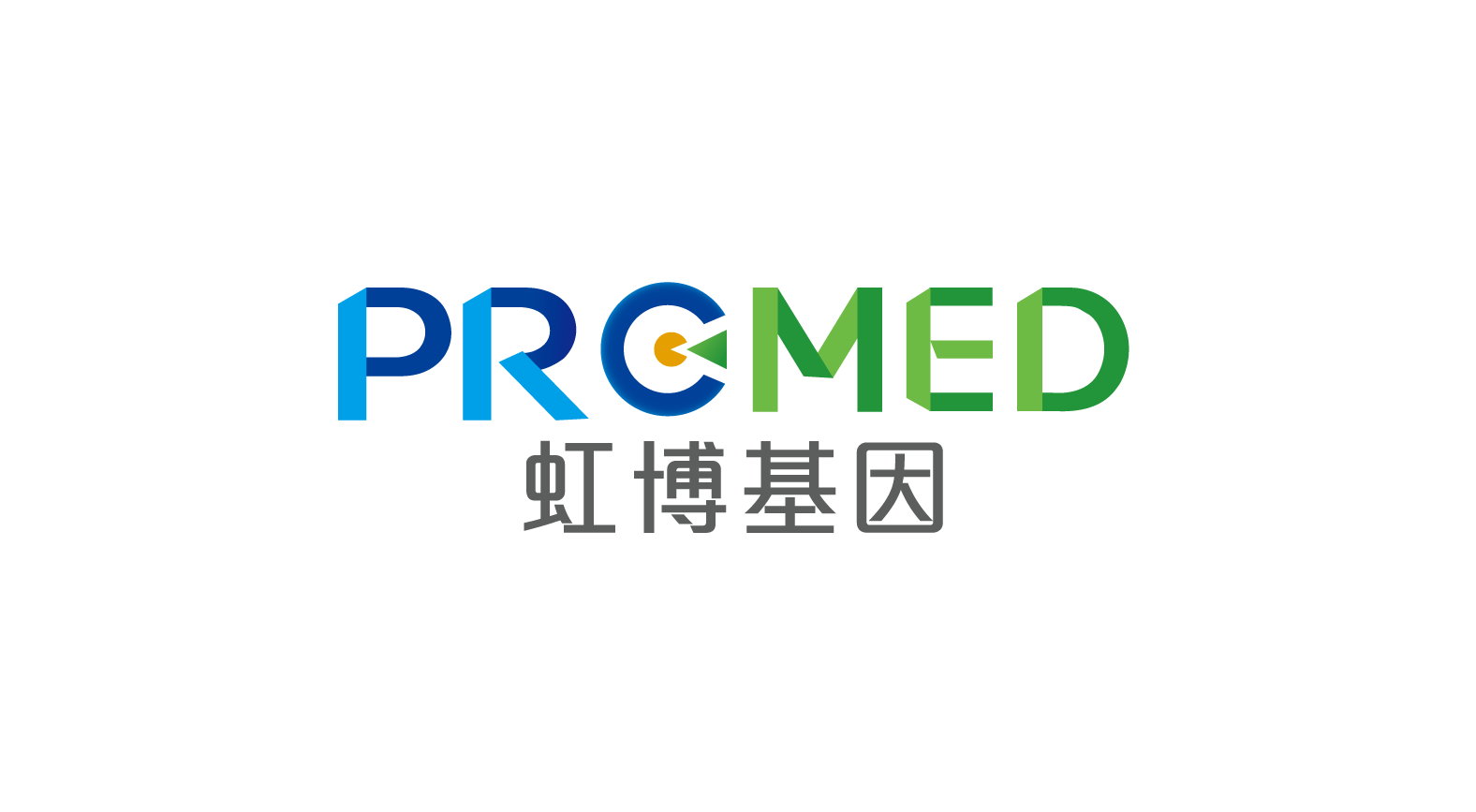- Early screening for gastric cancer
Background information
According to the Latest Global Cancer Burden Data 2020, gastric cancer in China ranks second in the incidence of malignant tumors and third in the mortality rate of malignant tumors in China. The early symptoms of gastric cancer are not obvious, and most patients are in the middle and late stages when diagnosed. The 5-year survival rate of patients who receive surgical treatment is still < 30%, while the 5-year survival rate of early patients after timely treatment can be > 90%. The Outline of the Healthy China 2030 Plan clearly states that the scope of cancer screening should be expanded in an orderly manner to promote early detection, diagnosis and treatment of cancer, and the Implementation Plan for Cancer Prevention and Treatment (2019-2022) requires hospitals to establish "cancer screening and early diagnosis and treatment centers" to carry out opportunistic screening of gastric cancer.
Gastric cancer screening is an important way to improve the diagnosis rate of early gastric cancer and reduce the mortality rate. The combination of group screening and opportunistic screening is the main organizational form to expand the coverage of screening. Based on the actual situation and the exploration of screening methods in China, the consensus opinion of China's early gastric cancer screening recommends the "serology - gastroscopy two-step" gastric cancer screening strategy, which only needs 2 ml of blood to know whether there is a risk of gastric cancer, and has been applied in many places. Through the central financial transfer payment project, the "serological gastroscopy two-step" gastric cancer screening was carried out in Zhuanghe, Liaoning, Linqu, Shandong, Wuwei, Gansu and other areas with high incidence of gastric cancer, and the detection rate of early gastric cancer reached 60% ~ 90%.
Solution
Xinlandao (Tianjin), the holding company of Hongbo Gene, independently developed and produced the automatic single-part chemiluminescence immunoanalyzer (POCT), which relies on the magnetic particle chemiluminescence technology with independent intellectual property rights to develop and produce small, single-part, automatic immunoanalyzer. The device is simple to operate, the reagent strip contains all consumables, and can perform three gastric cancer serologic biopsies including pepsinogen I (PG-I), pepsinogen II (PG-II), and gastrin 17 (G17), which are required by the guidelines, with results within 20 minutes.





